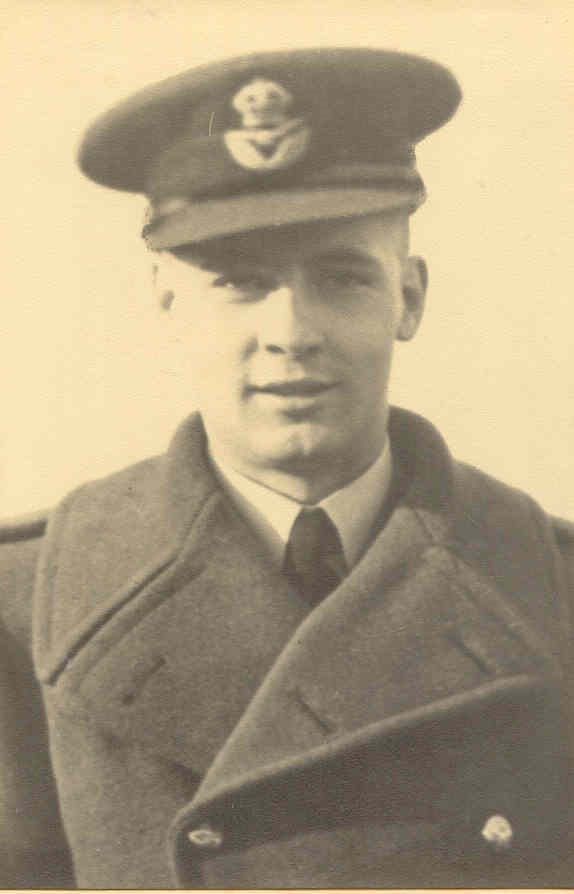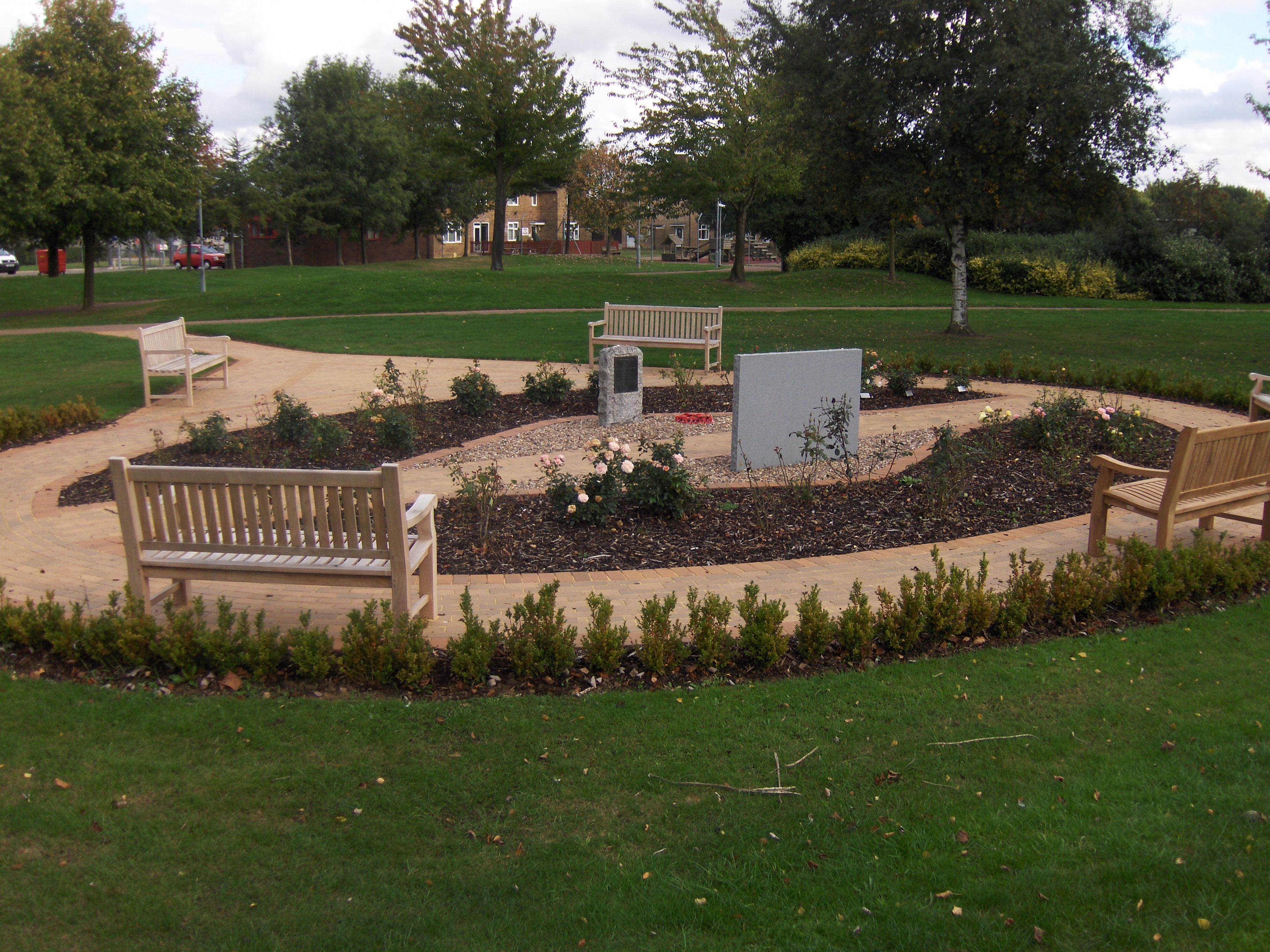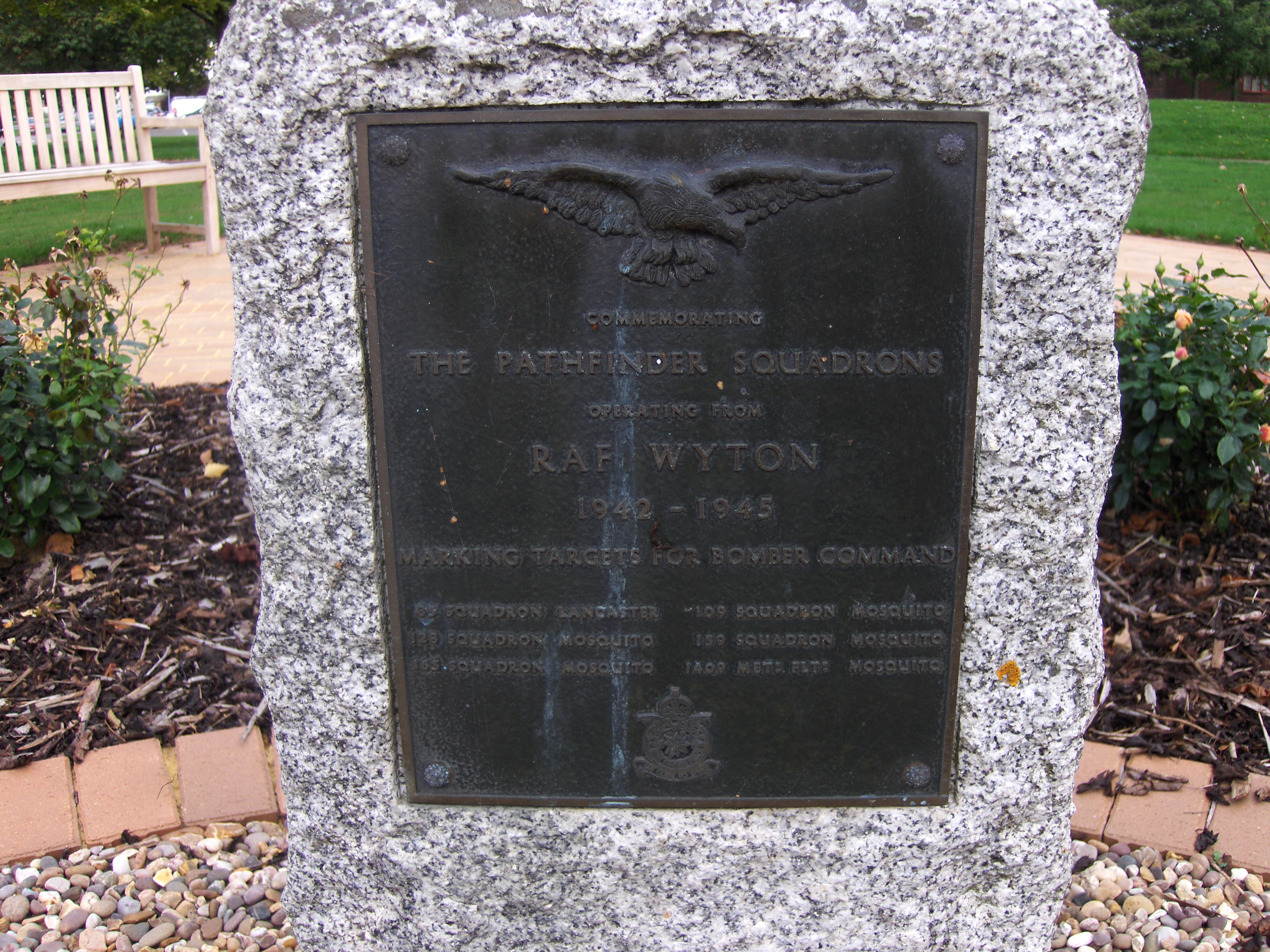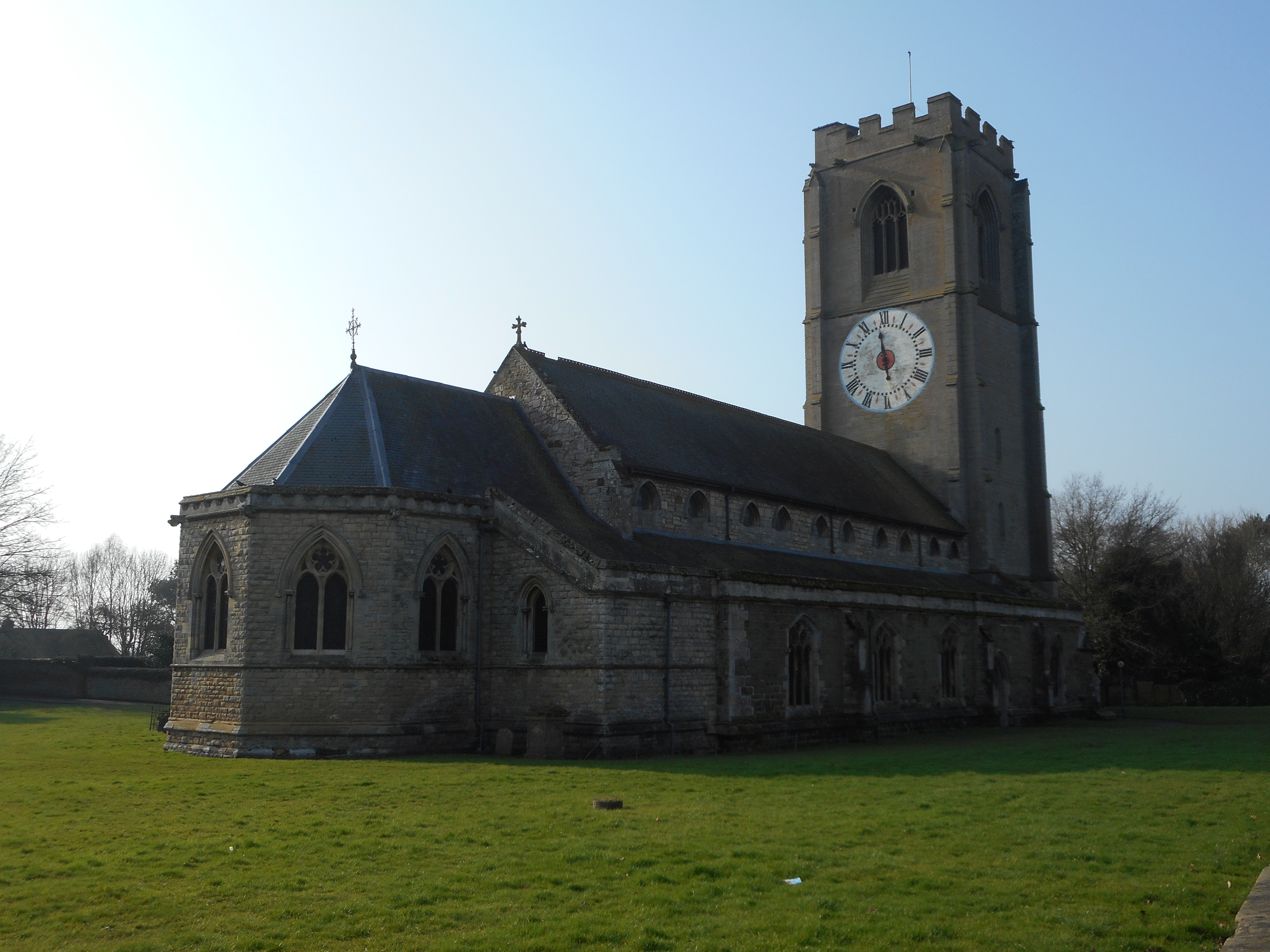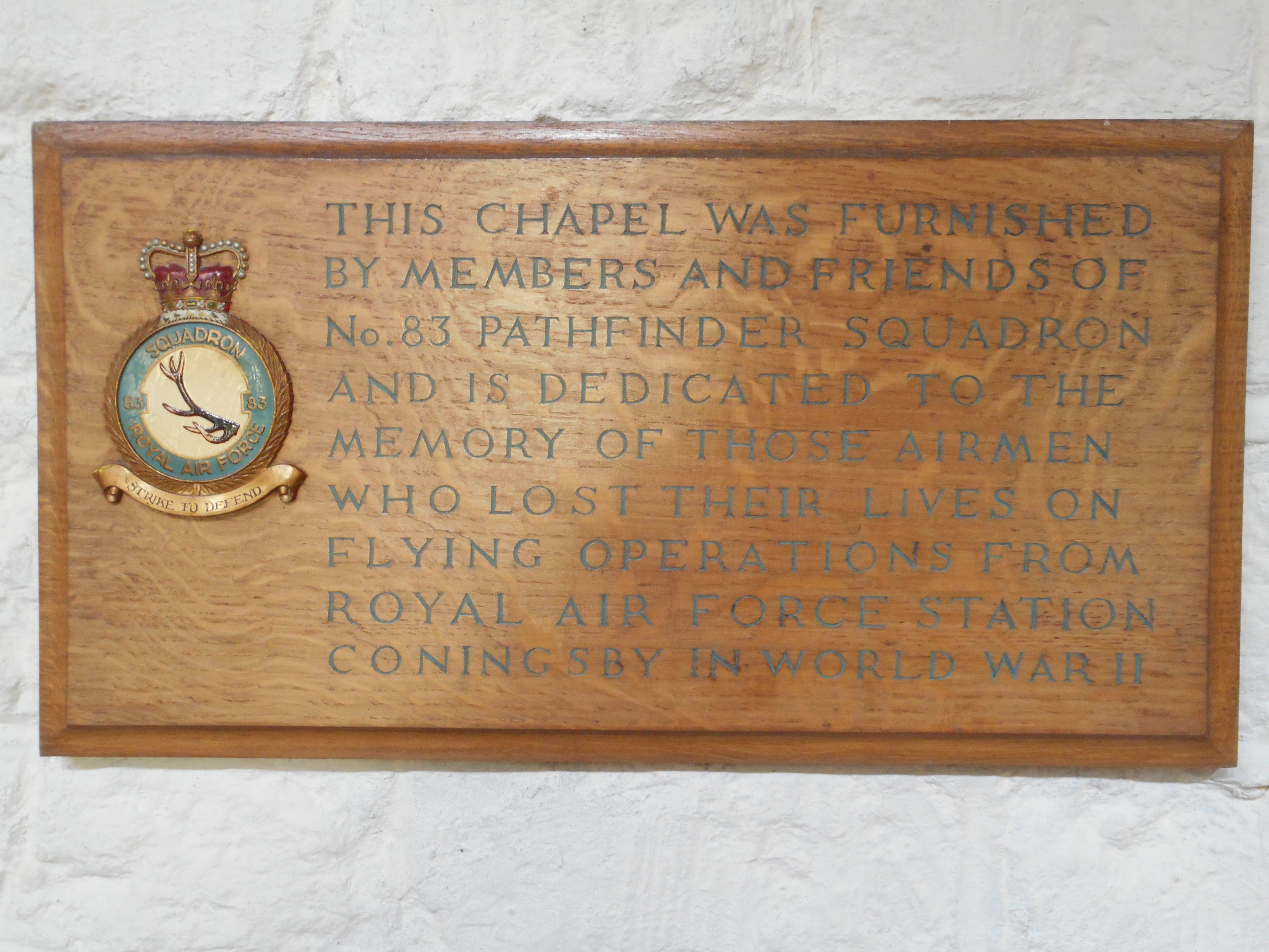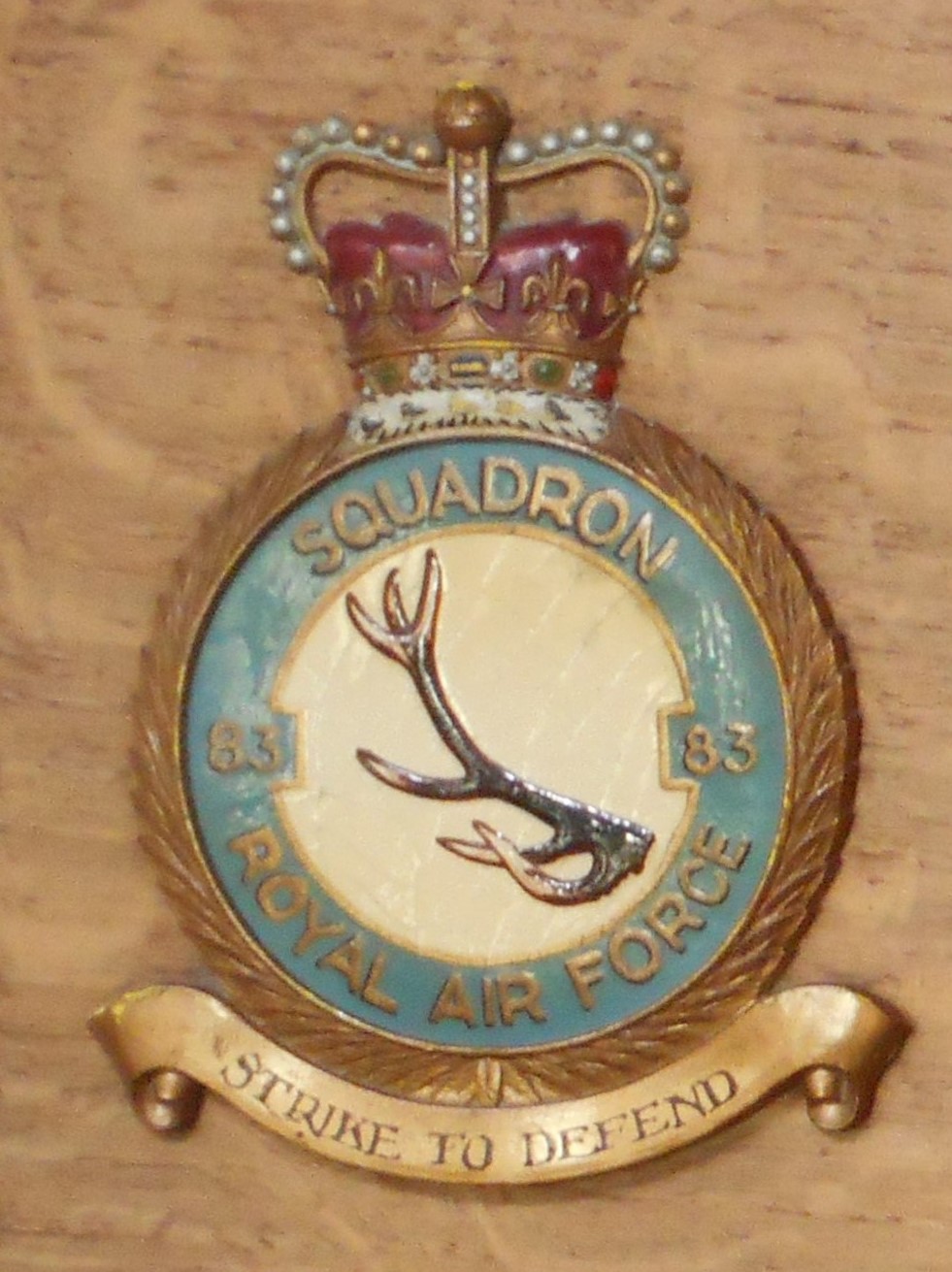| Reason for Loss |
Ran out of fuel and was abandoned at 04:15 on 7th April 40 over Whitley Bay, on the Northumberland coast. The Hampden crashed into the sea off St Marys Lighthouse. This aircraft actually crashed on landing. There is a very detailed report on its loss at the National Archives. The wireless operator, Denis Sharpe, stayed in the aircraft, probably because he was dead or injured, and was lost in the explosion which rocked the area in the middle of the night. His last resting place was found in a search led by Russ Gray, a member of the North East section of the Air- Crash Investigation and Archaeology Group. Hampden L4054 of 83 Squadron, left RAF Scampton on the night of April 6, 1940, at 7.15 for a security patrol and offensive operations against the enemy in the district of the Sylt coast in north Germany. The aircraft was fired on in that area and nothing was heard again from her until she appeared in the vicinity of St Mary's Lighthouse at 2.45am the next day where she circled for about one-and-a-half hours, signalling SOS repeatedly on a lamp. The SOS was challenged by the then lighthouse keeper, Harold Owen Hall, who, after receiving the correct reply, contacted the appropriate authorities. No other Morse signal was picked up from the aircraft except the SOS. Standard procedure to aid lost aircraft was followed. Searchlight beams over a wide area were trained towards Acklington, the nearest RAF base equipped to land the stricken aircraft. The base lit the flare path at 3am and instructions on how to find Acklington were transmitted to the bomber by Morse lamp, the signal reading "St. Mary's Lighthouse, follow the beam for Acklington". Each separate word was acknowledged by a dash on the aircraft signalling lamp, but the pilot made no attempt to follow them. The plane continued to circle until one engine appeared to fail and shortly after 4am three crew left the aircraft by parachute before she crashed and exploded. The RAF concluded that the fact that the pilot disregarded the instructions to fly to Acklington suggested the aircraft was damaged in such a way as to render a landing hazardous. The plane did not jettison the bomb load over the sea, indicating that the bomb doors or bomb release gear was damaged. And the wireless operator remained with the aircraft because he was probably badly wounded or had been killed. The wireless silence from 9.53pm onwards supported this theory. RAF chiefs surmised that the hydraulic system was so badly damaged the aircraft could not lower the undercarriage or open the bomb doors and it would have been too dangerous to attempt a belly landing at Acklington carrying a cargo of bombs. |
